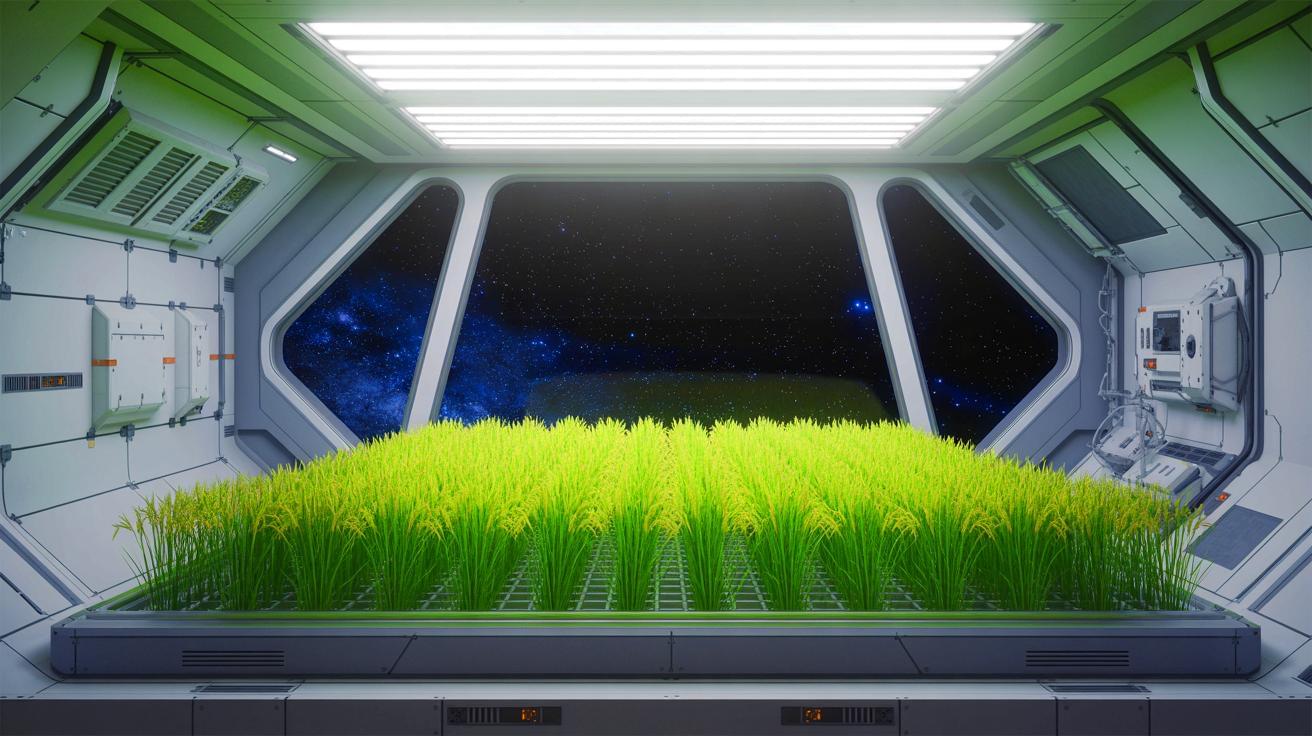Elon Musk is hinting at revolutionary advancements in AI-generated content, potentially disrupting the gaming industry, with teasers about upcoming Tesla demos and the integration of XAI’s capabilities ## ## Questions to inspire discussion.
Tesla’s Competitive Advantage.
🚗 Q: How does Tesla maintain its lead in autonomous driving? A: Tesla leverages its “data flywheel” built by deploying millions of vehicles to collect real-world data, making it nearly impossible for competitors to replicate.
🤖 Q: What unique combination gives Tesla an edge in AGI development? A: Tesla’s real-world data stream combined with xAI’s language model, voice, video, and image generation capabilities provide the complete recipe for AGI.
Investment Opportunities.
💼 Q: Why do institutional investors undervalue Tesla’s autonomy lead? A: Institutional investors often view Tesla as just a car company, overlooking its unassailable autonomy advantage, while xAI is seen as a pure AI company.






